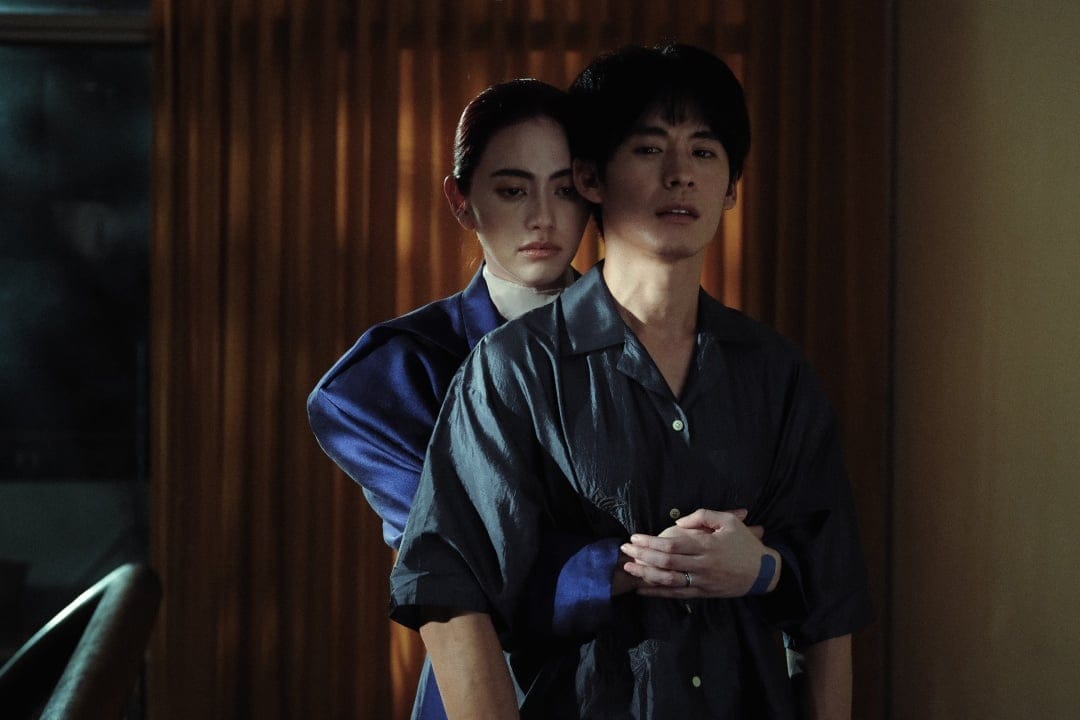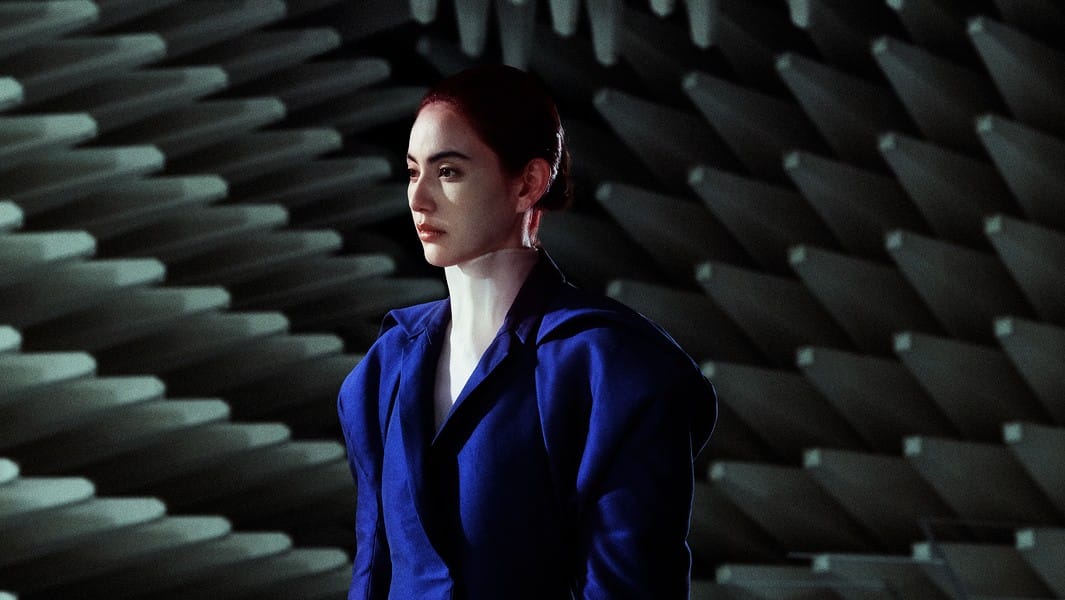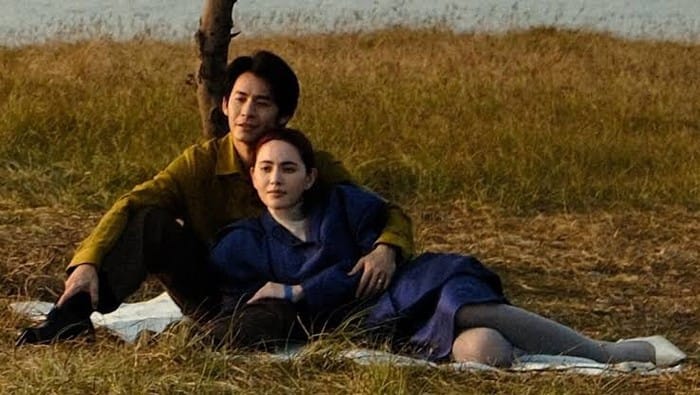A Useful Ghost (Ratchapoom Boonbunchachoke, 2025)

A slightly different version of this was originally published at InReview Online as part of their coverage of the 2025 Cannes Film Festival series.
One day, noticing an influx of dust into their apartment due to some construction outside, a person known only as an “academic ladyboy” (as they call themselves and are credited on imdb) buys a new vacuum cleaner. It seems to work well, but that night the vacuum coughs out all of its dust. A call to the shop brings a repairman almost instantly, who informs them and us that the machine is probably haunted. In fact, the whole factory where it was built is haunted. He relates the story of one ghost, a vengeful spirit who died at work and takes control of the machinery there at inconvenient times, leading ultimately to the factory’s closure. But he also tells us a love story, one about the son of the factory owner whose wife (Nat) dies and comes to inhabit another, different vacuum cleaner. This ghost tries to be helpful.
The first story is rather brief, the kind of ghost story you expect: a person has been wronged and their spirit lingers out of an otherworldly need for vengeance. The factory closes and that appears to be the end of it. The second story is more unusual, romantic in that the dead wife loves her husband so much she returns to him, albeit in altered form. He loves her just as much, which is where the difficulty comes in: for him, the vacuum is his wife; for the rest of the world, this guy appears to be hanging around, talking to, and making out with a common household appliance.

The metaphor here is obvious enough, about people learning to accept love in whatever form it happens to come, even if it seems absurd to them. But director Ratchapoom Boonbunchachoke is not interested in simple metaphors. Or rather, they’re interested in spinning this basic scenario (ghosts are real and can inhabit appliances and interact with people) in as many different metaphorical directions as possible, and then compound them by freely mixing their meanings and implications. The result is as dizzying as it is beguiling.
The romance takes up the bulk of the movie, as Nat is gradually more accepted and believed in by her husband’s family. She ultimately proves her worth by the fact that she can enter living people’s subconsciouses. It is asserted that a ghost is created in one of two ways: either the ghost can’t give up a living person, or a living person can’t give up the memory of the person who died. Nat’s husband’s family uses this power to find out which of their employees is attached to the ghost that’s been terrorizing the factory, then they solve the problem by forcing them to forget the person who died.

That first story then becomes a romance as well, as the worker who died has returned not for vengeance so much as because they are in love with another worker. What we thought was a simple story of neglect by management leading to the revenge of a worker from beyond the grave turns out to have been not the owner’s fault at all. However, the only way they discover that is by inflicting even worse abuse on the workers (drugging them all, invaded their dreams, then erasing their memory via electroshock treatments).
Thus in the second half, the film turns from quirky romance into political polemic, as Nat’s ability is used not just by the factory owners, but, through a chance meeting with a government minister, eventually by the state itself. It seems the minister and his allies are plagued by ghosts as well, ghosts of all the activists and radicals they’ve murdered. Nat must choose whether to take their side, or that of her beloved and his family. And in the end, it all ties back into the mysterious repairman and the academic who hears his stories.

Comparisons to the worlds of Apichatpong Weerasethakul are probably inevitable, because his films are also populated by ghosts and spirits whose interactions with our world are treated as matters-of-fact. The first ghost, in possessing a giant air processor in the factory seems to intentional invoke memories of just such a device given a memorable zoom in Syndromes and a Century. But I thought more about Wes Anderson when watching A Useful Ghost. Boonbunchachoke’s images are bright and colorful and carefully arranged, and he often shoots his speakers frontally, with them addressing the camera in close-ups, rather than in standard conversational over-the-shoulder shots or Weerasethakul’s languorous long-shots. And the tone, whimsy hiding a dark, deeply pained and melancholic core, is more Anderson than it is Weerasethakul’s weary and wary wonderment. Boonbunchachoke uses a variety of techniques to evoke dream imagery, mostly adapted from the flaws of old film photography (scratches, flares, jagged cuts) which contrast with the plain, if colorful, digital reality, and the ghost possessions are visualized with charmingly simple special effects. Though the film seems at times dangerously close to becoming cute, ultimately it navigates deftly both the uncanny and the beautiful, finding the sadness in romance and the romance in righteous anger.
